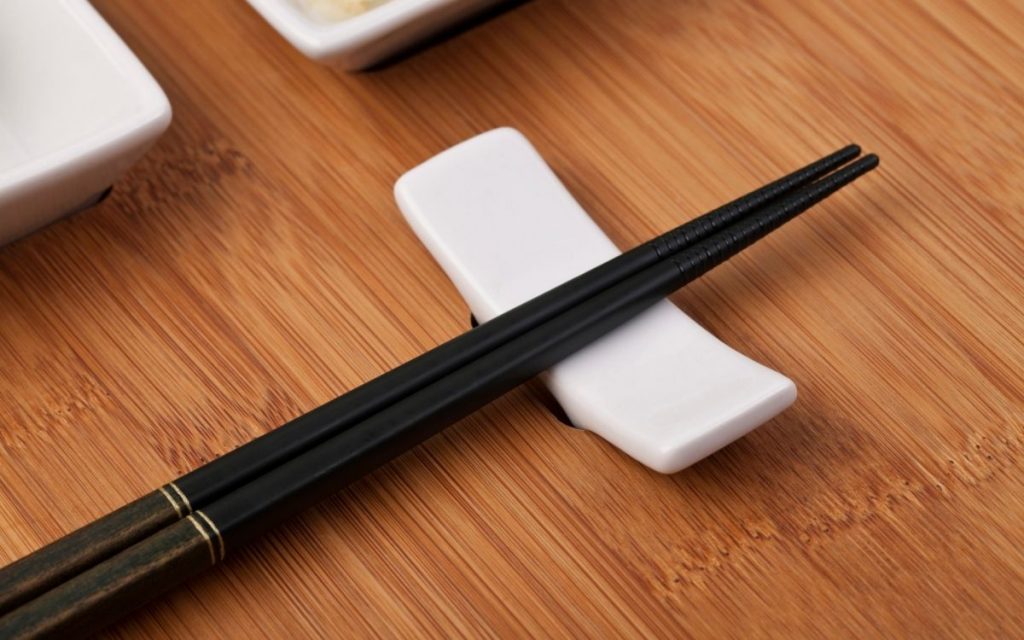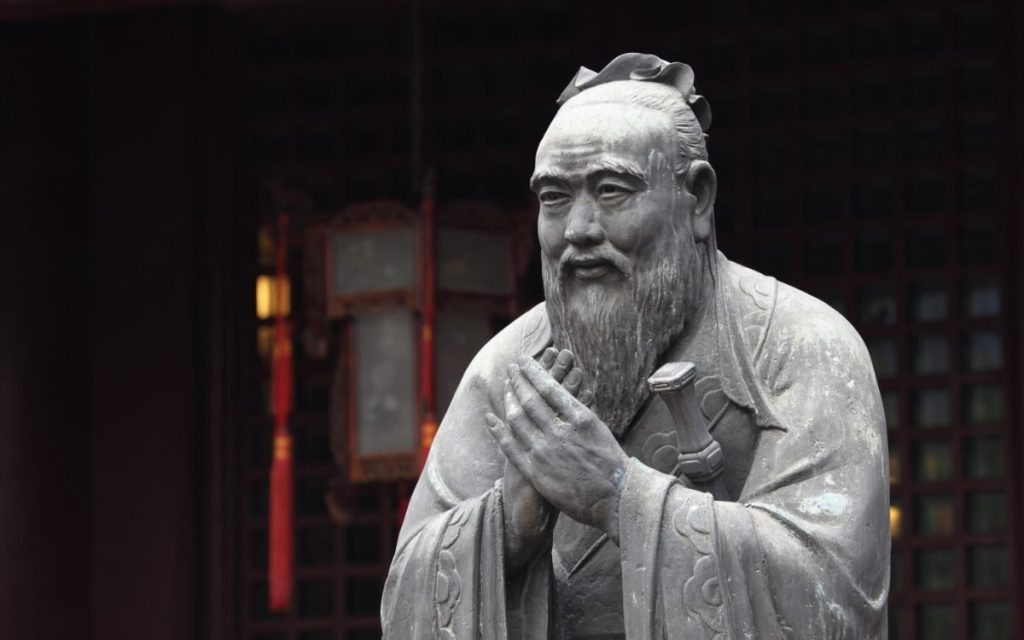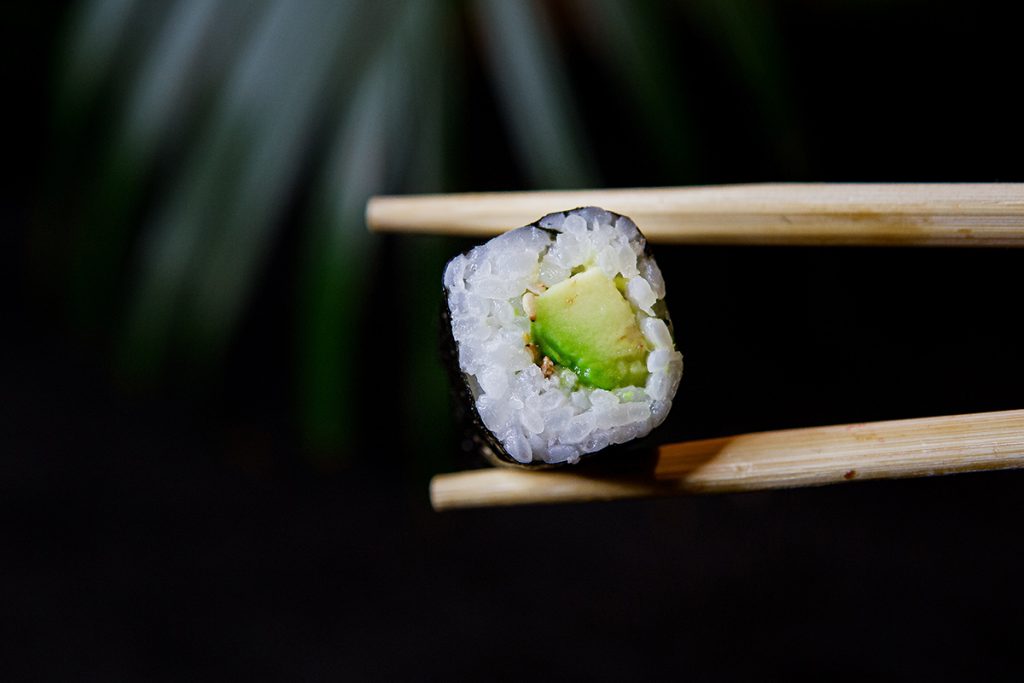What’s The Deal With Chopsticks?
Common in almost every Asian culinary fare, chopsticks are traditionally wooden utensils that pose a challenge to diners ’round the world who haven’t gained the experience points necessary to operate them (without getting gawked at from veterans of the trade. Are they better than forks? Is it rude to ask these questions?
What Is The Deal With Chopsticks?

Said to have started being used in 1200 B.C. China, chopsticks have found themselves paired with such an array of dishes it seems impossible to retrace their origin. Synonymous with sushi, chopsticks actually didn’t find their way to other Eastern Asian countries until around mid first century.
The earliest chopsticks were actually more of a cooking utensil than a cool fork replacement. Made of bronze, these nice little kitchen companions allowed access to boiling pots to depths where hands shall not go. The operation of using chopsticks to consume food from a vessel came about 400 B.C.-ish when a population surge occurred in China leaving less resources for cooking and smaller portions of bite sized food became the norm.
Are There Any Chopstick Celebrities?

Confucius may have been a contributor to the crazed sensation that is chopsticks. Being a man of vegetarian nature he saw knives as a reminder of and nod to killing animals for food. He also saw knives as a symbol of violence being a sort of weapon at the dinner table – something that shouldn’t be on the mind of one dining. So born out of peaceful intention, his trend grabbed the attention of others across the land and it was settled, chopsticks are where it’s at for the Zen conservator.
Does Japan Play A Role In Chopstick Evolution?

It wasn’t until 1878 that Japan crafted the wooden bamboo chopsticks we know as traditional today. Before then, chopsticks were made of ivory, jade, brass and other expensive materials only the wealthy were able to obtain.
It’s not even remotely debatable that rice is one of the most popular and most consumed dishes throughout Asia. The marriage of sticky rice bonding itself to chopsticks created a relationship with the culture bound to last for eternity.

